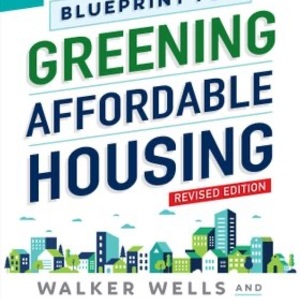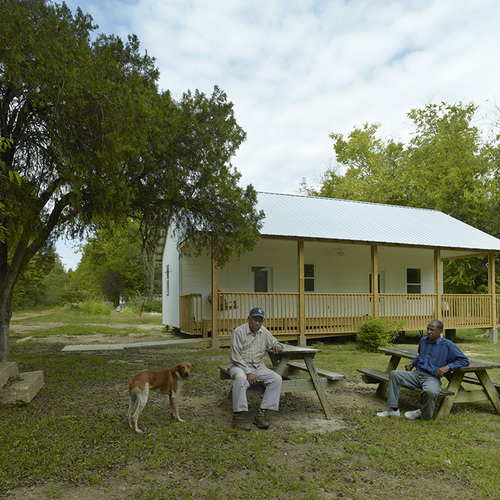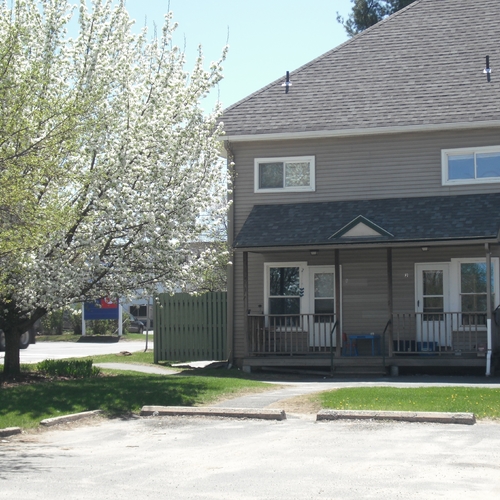
It shouldn’t come as news to anyone that we have an ongoing housing crisis in the U.S. More to the point, we have an affordability crisis, further exacerbated by inflation, restrictive zoning, and income inequality numbers that make the Gilded Age seem quaint by comparison. Solutions to this endemic problem continue to elude even the wisest among us.
In a recent article for the Financial Times, data journalist John Burn-Murdoch adopts a rising-tide-lifts-all-boats approach to the housing question. “If you want to improve housing availability and affordability for all, the good news is that any new housing will help,” he writes. Burn-Murdoch would have us believe that housing operates similar to any other commodity, like cement, aluminum, and lumber. When supply chains were massively disrupted starting in 2020, the prices of these very materials went up. And when there’s a surplus of these things, prices drop and market forces stabilize – fundamental principles of supply and demand in action. So, why would it be any different for housing, Burn-Murdoch asks. He’s just another pragmatist yelling into the void, right?
There are two problems with his argument. The first is this: Burn-Murdoch thinks he’s making a very straight-forward, supply-side economics case for why more housing (any housing!) is the engine that will drive down costs and make housing more accessible for all. He even takes a crack at so-called “supply skeptics” (those who believe more market-rate housing will adversely impact accessibility to housing for middle- and low-income earners) by lumping them together with the suburban NIMBY crowd, who simply don’t want affordable housing units within shouting distance of their slice of the American dream.
Trickle-down economics and housing affordability
But Burn-Murdoch’s argument doesn’t hinge on supply-side fundamentals. Rather, it’s based on trickle-down economics, that Reagan-era bastardization of…
Weekly Newsletter
Get building science and energy efficiency advice, plus special offers, in your inbox.

This article is only available to GBA Prime Members
Sign up for a free trial and get instant access to this article as well as GBA’s complete library of premium articles and construction details.
Start Free TrialAlready a member? Log in















4 Comments
Well said! Thank you for taking a stand on this sir. (& thanks to Dejah for directing my attention to it.)
More McMansions is not the answer. What is needed are more well planned small, resilient and efficient (ie Pretty Good) homes on 1-2 acre suburban and infill lots in community with each other.
To get there we will have to question more about what is driving construction costs upwards and promote ways to improve performance and resiliency at a more affordable price.
To this end, I like implementing FramerBack Energy Framing (see attachment) to reduce stud count and cost while improving insulation installation in walls as compared to Advanced Energy Framing with ladder tees.
At the same time (and as a design-builder in hurrricane & micro-burst prone North Carolina) I think there is a lot more we could be doing to improve resiliency to storms and forest fires. I'm working on illustrations for a more storm & flying tree resistant variation on standard framing but much of that was developed after Hurricane Fran dropped seven trees on my last house which resulted in very little damage actually largly due to the heavy wooden gutters disbursing the impact.
And yes, if you're curious, I'm working on a regionally appropriate variation on the PGH concept and hoping that this community can spark similar variations to areas with different climate and resilience concerns.
if I'm understanding this: the counterpoint to a supply side proposal.. is a more targeted supply side proposal? I'll admit that I was hoping for a demand side proposal counterpoint, but I'm now liking this more that I think about it
but
I wonder if burns-murdoch would even disagree with you..
maybe I'll go see if the original article in FT is behind a paywall
Your argument that increasing supply is trickle-down rather than supply-side seems pretty specious. It really seems more like supply-side than trickle-down to me. Your argument isn't very persuasive.
See, I would consider myself a supply-side housing advocate, but the group I'm involved with advocates almost exclusively for what is described at the end of this article. New McMansion/suburban development is pretty much the opposite of our policy goals, so I feel like, in spite of the headline, we're mostly in agreement?
I think the main quibble I have is the definition of "market-rate housing" -- to me, that just describes anything being built without a subsidy. Affordable housing is a critical piece of the puzzle but the grant money available to build it is too limited to rely on it exclusively to solve the housing crisis. Urban infill is typically market-rate, cohousing can be market-rate, etc.
I also don't understand the point being made re: mistakenly thinking a home's fair market value is an accurate reflection of its just value. The entire supply-side theory of the housing crisis is that scarcity is driving market prices far beyond a home's just value. Yeah, the only new non-subsidized housing we'll be able to build for a minute here is going to be expensive, but the idea is that it relieves competition for perfectly adequate older homes that high-income buyers would otherwise be outbidding and gut renovating, but that someone could very comfortably live in as-is.
Justin, it looks like you're local -- our group is the Urbanist Coalition of Portland (urbanistportland.me) if you want to check us out. Cheers.
Log in or become a member to post a comment.
Sign up Log in